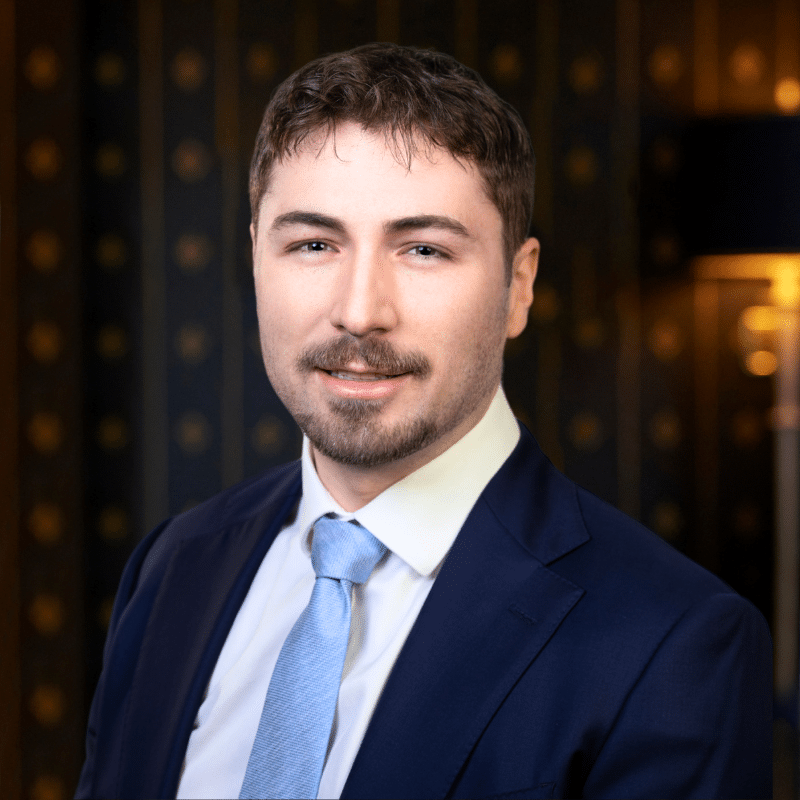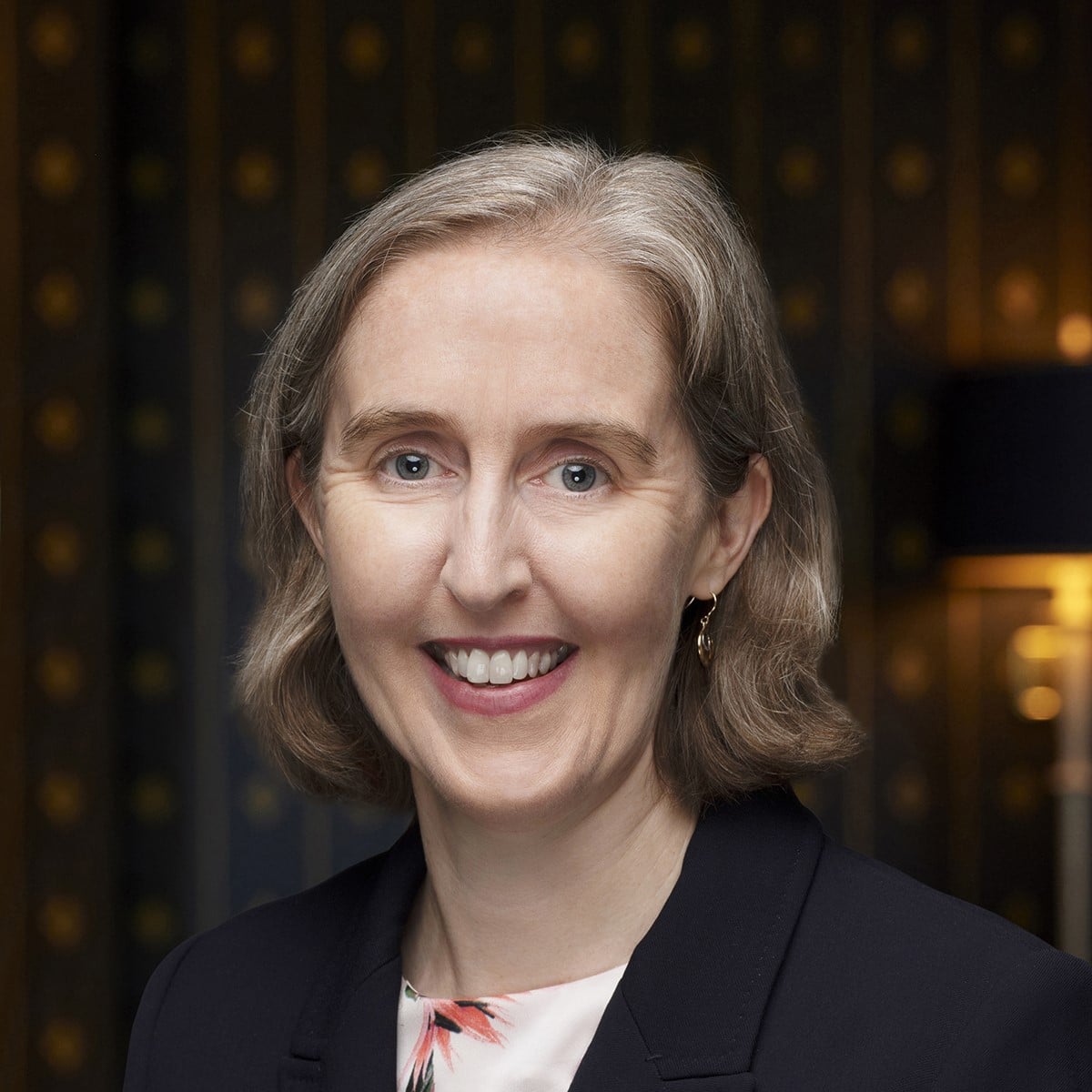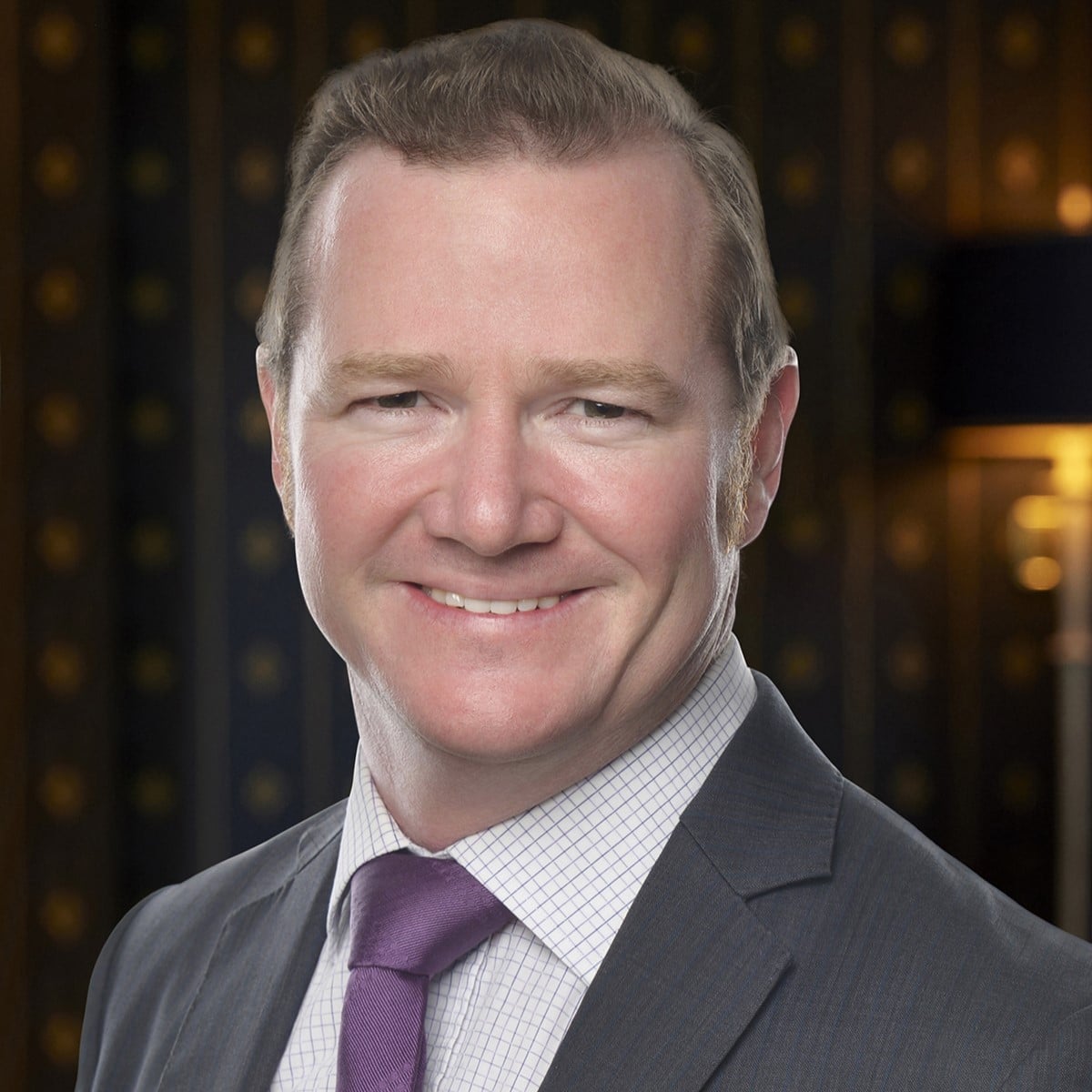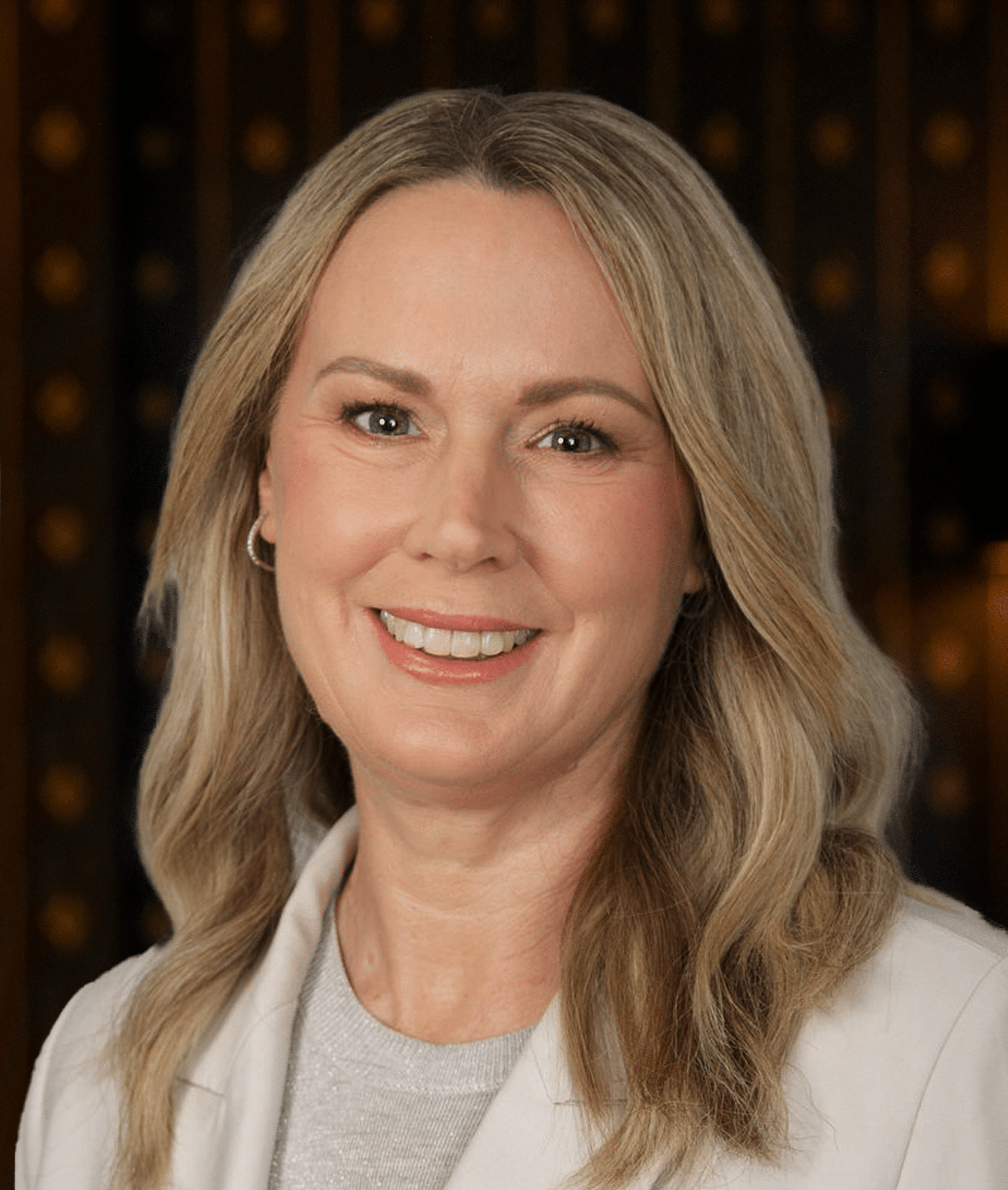Pearce IP provides weekly reports on global biosimilars activities in the Pearce IP BioBlast®. Significant biosimilar activities for the week ending 19 December 2025 are set out below:
Aflibercept
On 19 December 2025, Alvotech and Teva jointly announced that they have reached a settlement and licence agreement with Regeneron regarding the US launch of Alvotech’s AVT06… Read more here.
On 16 December 2025, Celltrion announced that it has launched Eydenzelt®, biosimilar to Regeneron/Bayer’s Eylea® (aflibercept), in major European countries, including Germany… Read more here.
On 3 December 2025, Fresenius Kabi announced that the FDA has accepted for review Sam Chun Dang’s (SCD) application for its biosimilar aflibercept, SCD411. Under a December… Read more here.
Aflibercept, Denosumab, Tocilizumab
Denosumab
On 16 December 2025, China-based Mabwell announced that it has completed its first commercial shipment of its denosumab biosimilars outside China, although the destination(s)… Read more here.
Golimumab
Nivolumab
On 19 December 2025, Shanghai Henlius Biotech announced to investors that the US FDA has approved an investigational new drug application (IND) for the phase 1 clinical trial of… Read more here.
Nivolumab, Ipilimumab
On 17 December 2025, Bristol Myers Squibb announced that Canada’s Drug Agency (CDA-AMC) has issued a positive reimbursement recommendation for Opdivo® (nivolumab) in… Read more here.
Trastuzumab deruxtecan, Pertuzumab
On 15 December 2025, AstraZeneca announced that the FDA has approved the combination of Enhertu® (trastuzumab deruxtecan) with Roche’s Perjeta® (pertuzumab) for the 1st-line… Read more here.
Ustekinumab
On 18 December 2025, Celltrion announced that the European Medicines Agency’s Committee for Medicinal Products for Human Use (CHMP) has recommended approval of an autoinjector… Read more here.
On 16 December 2025, the Australian Therapeutic Goods Administration (TGA) approved Celltrion’s Steqeyma®, biosimilar to J&J/Janssen’s Stelara® (ustekinumab), in two pre-filled pen (PFP)… Read more here.
About Pearce IP
Pearce IP is a specialist firm offering intellectual property specialist lawyers and attorneys with a focus on the life sciences industries. Pearce IP and its leaders are ranked in every notable legal directory for legal, patent and trade mark excellence, including: Chambers & Partners, Legal 500, IAM Patent 1000, IAM Strategy 300, MIP IP Stars, Doyles Guide, WTR 1000, Best Lawyers, WIPR Leaders, 5 Star IP Lawyers, among others.
In 2025, Pearce IP was recognised by Australasian Lawyer and New Zealand Lawyer’s 5 Star Employer of Choice, and is the “Standout Winner” for inclusion and culture for firms with less than 100 employees. Pearce IP was awarded “IP Team of the Year” by Lawyers Weekly at the 2021 Australian Law Awards. Pearce IP is recognised by Managing IP as the only leading ANZ IP firm with a female founder, and is certified by WEConnect International as women owned.

Naomi Pearce
CEO, Executive Lawyer (AU, NZ), Patent Attorney (AU, NZ) & Trade Mark Attorney (AU)
Naomi is the founder of Pearce IP, and is one of Australia’s leading IP practitioners. Naomi is a market leading, strategic, commercially astute, patent lawyer, patent attorney and trade mark attorney, with over 25 years’ experience, and a background in molecular biology/biochemistry. Ranked in virtually every notable legal directory, highly regarded by peers and clients, with a background in molecular biology, Naomi is renown for her successful and elegant IP/legal strategies.
Among other awards, Naomi is ranked in Chambers, IAM Patent 1000, IAM Strategy 300, is a MIP “Patent Star”, and is recognised as a WIPR Leader for patents and trade marks. Naomi is the 2023 Lawyers Weekly “IP Partner of the Year”, the 2022 Lexology client choice award recipient for Life Sciences, the 2022 Asia Pacific Women in Business Law “Patent Lawyer of the Year” and the 2021 Lawyers Weekly Women in Law SME “Partner of the Year”. Naomi is the founder of Pearce IP, which commenced in 2017 and won 2021 “IP Team of the Year” at the Australian Law Awards.

Chantal Savage
Special Counsel, Lawyer
Chantal is an intellectual property disputes lawyer with experience advising across the spectrum of IP rights, including patents, trade marks, copyright, plant breeder’s rights and trade secrets/confidential information. Recognised as a Rising Star in IP by the Legal 500 Asia Pacific (2021-2024), Chantal has previously worked for international and top tier law firms in Australia and the United Kingdom and now at Pearce IP.
With a science degree specialising in molecular biology and biochemistry, Chantal’s practice focuses particularly on complex, high-value, multi-jurisdictional patent infringement and revocation proceedings for clients in the life sciences sectors.

Nathan Kan
Lawyer
Nathan is a lawyer specialising in life sciences, providing legal advice and litigation support across intellectual property and commercial disputes. He is passionate about the intersection of law and science, and during his time with the Science and Technology Law Association at the University of Melbourne, he helped lead events, workshops and publications across STEM fields including life sciences, AI and digital transformation.







